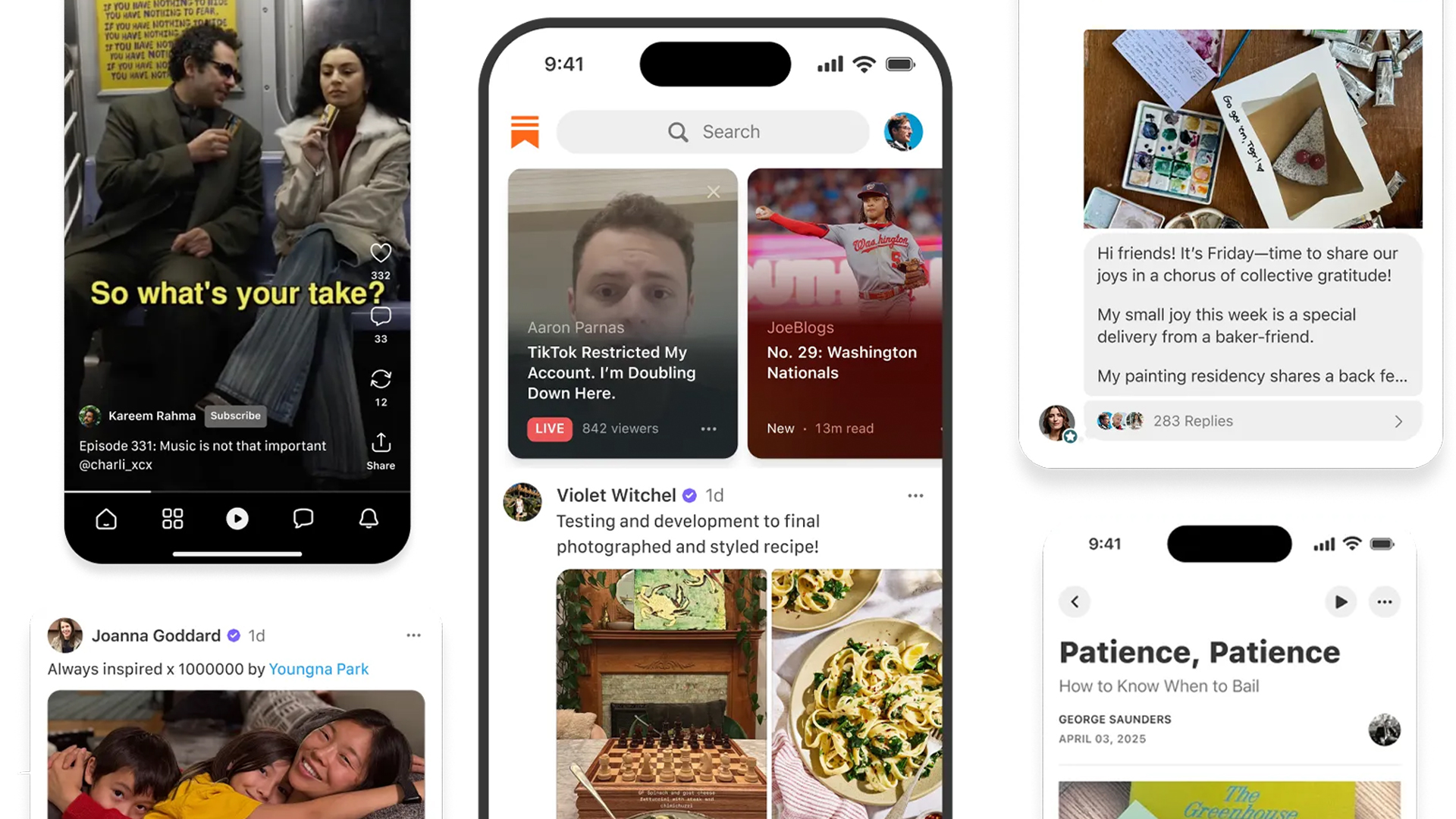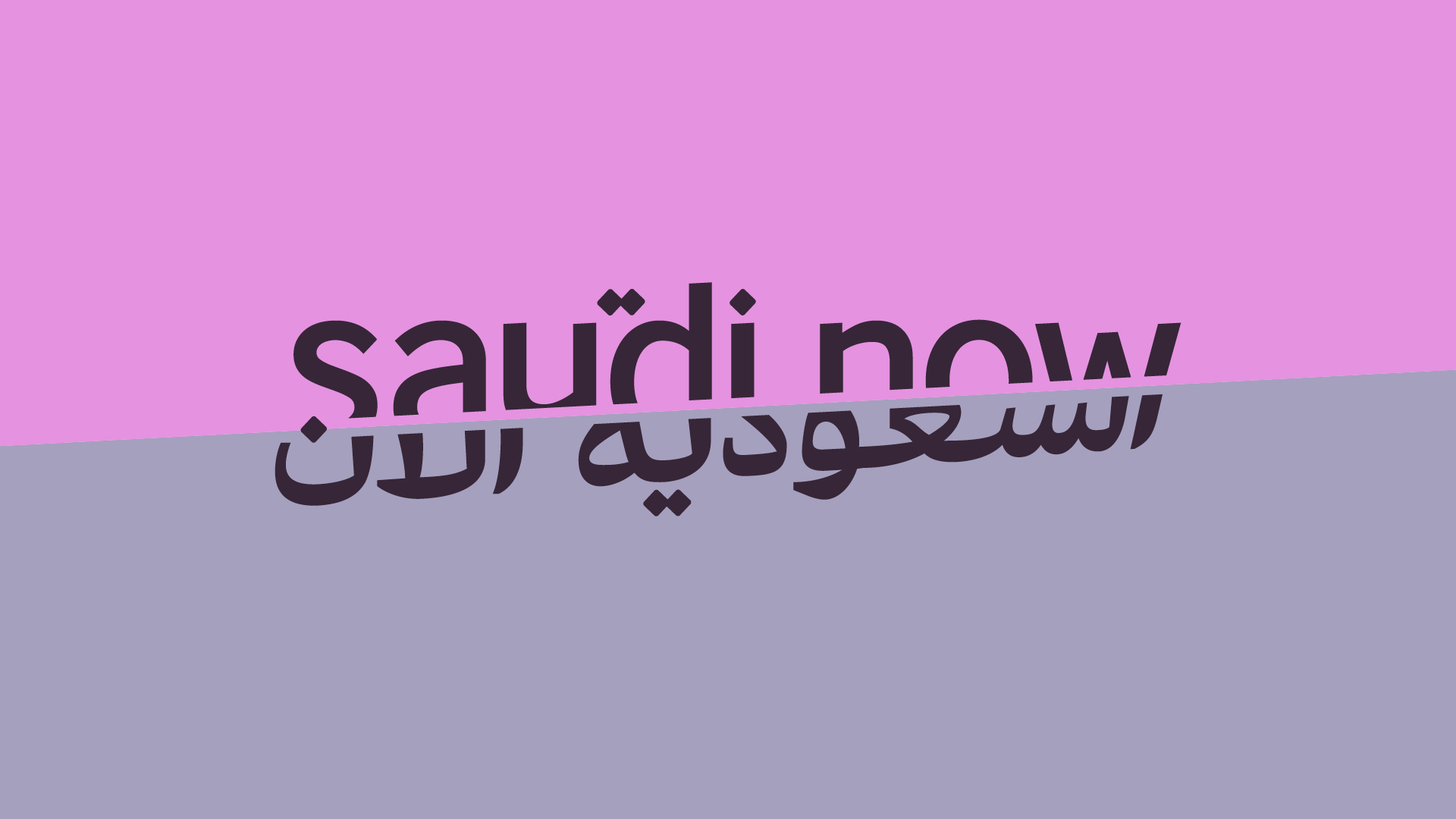Substack is the best place on the internet – let's hope the brands don't ruin it
It was only a matter of time until the companies came-a-calling.
By now, the lifecycle of social media platforms has become easy to predict. What starts as a utopian ideal promising new ways to connect eventually ends in a process colloquially known as 'enshittification', with sites crumbling under the weight of growth, ads, and the never-ending quest for more eyeballs. But one platform that could veer from the familiar depressing script is Substack.
What started as a simple newsletter platform and Twitter alternative has grown to encompass videos and podcasts. But what it doesn't involve right now is ads. Instead, Substack makes its money by taking a cut of creators' subscription fees. The business model is all about writers and artists creating direct relationships with their readers, and it works – the company recently revealed that "more than 50 people” are making over $1 million a year on Substack.

Indeed, eight years after its conception, Substack somehow still feels like it's in the 'utopia' stage. I attended a party for Substack writers last week, where the wonder was palpable. Writers talked with excitement about how the model is disrupting social media and traditional media in general, and how they're managing to make a genuine connection with their readers – and make money doing it.
It can be felt on the platform too. While initially condemned as an unwanted Twitter (sorry, X) clone, Substack's 'Notes' tab remains a surprisingly nourishing destination. Of course, not every thread can be filed under 'high quality discourse' (the infestation of 'Substack growth hackers' spewing AI generated advice isn't great), but it's so, so much better than whatever Elon's platform is trying to be these days.

But can it last? Substack might not be ad-supported, but enshittification can be a persistent and insidious force. And one of the most eyebrow-raising developments in recent months might just be the advent of brands joining the platform. In the last few months, clothing brand American Eagle, Selena Gomez's beauty brand Rare Beauty have launched publications on the platform.
And then there's dating app Hinge, which is running an entire campaign on the platform. No Ordinary Love has seen the brand enlist popular Substack writers including Roxanne Gay and Hunter Harris to write an anthology of "real Hinge love stories".
But while the need to shout "Silence, brand!" has been refreshingly absent on Substack so far, perhaps Hinge is showing how brands can use Substack in a way that feels both original and true to the platform. Here is a brand tapping creators from the platform itself to make something that feels new – not short-form influencer videos, but zine-style literary snippets that feel genuinely artistic.
Daily design news, reviews, how-tos and more, as picked by the editors.
Time will tell whether Substack will continue to feel as special as it does now, but if it continues challenging brands to think creatively, perhaps it could even be a good thing for advertising and marketing. Just keep the ads away, please.

Daniel John is Design Editor at Creative Bloq. He reports on the worlds of design, branding and lifestyle tech, and has covered several industry events including Milan Design Week, OFFF Barcelona and Adobe Max in Los Angeles. He has interviewed leaders and designers at brands including Apple, Microsoft and Adobe. Daniel's debut book of short stories and poems was published in 2018, and his comedy newsletter is a Substack Bestseller.
You must confirm your public display name before commenting
Please logout and then login again, you will then be prompted to enter your display name.
